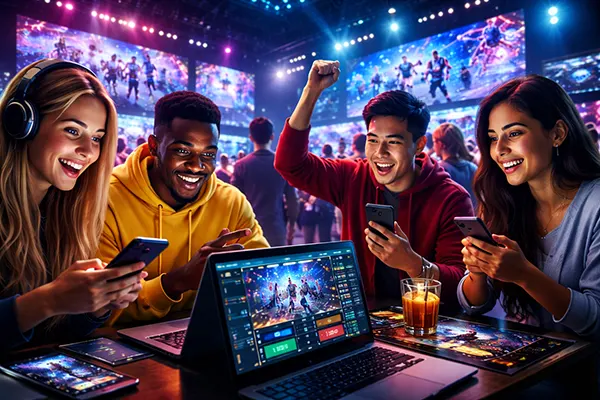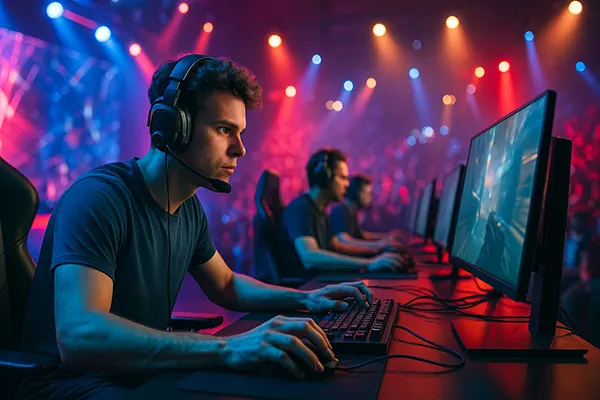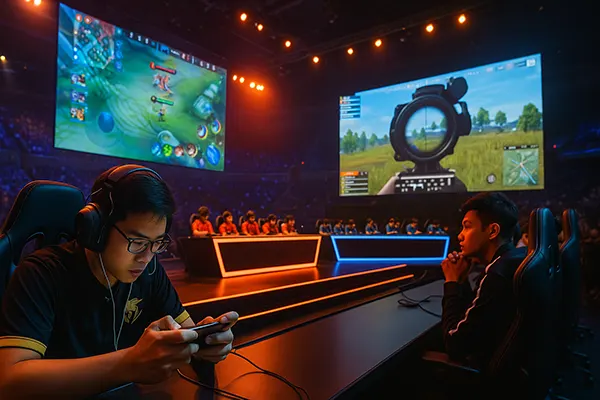Shadow Economy of Dota 2 Skins: The Real Impact of Illegal Trading
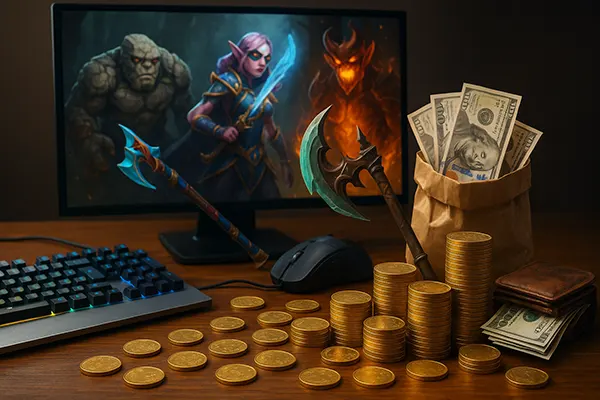
Over the past decade, Dota 2 has evolved from a competitive MOBA into a vast ecosystem of commerce, fandom and virtual identities. At the heart of this system lies the in-game skin economy – a marketplace for cosmetic items whose value can rival that of real-world assets. But beneath the surface of legitimate trading, a hidden economy flourishes. This shadow world of unregulated transactions and grey-market deals raises questions about ethics, legality, and the future of esports itself.
How the Skin Economy Functions in Dota 2
In Dota 2, skins are not just cosmetic; they’re cultural symbols, tradeable commodities, and digital status symbols. Valve allows users to buy, sell, and exchange these items via the Steam Community Market. However, the official market imposes fees, restrictions, and limitations – factors that have led to the rise of third-party marketplaces.
These external websites and trading groups offer lower transaction costs, looser verification procedures, and the opportunity for arbitrage. While some are legitimate businesses, others operate with minimal oversight, exposing users to fraud, theft, and exploitation.
As of mid-2025, some rare items such as the Golden Baby Roshan or the legacy Immortal bundles still command prices exceeding thousands of US dollars, making them prime targets for illicit trading activity.
Risks for Everyday Players
Players who engage in off-platform skin trading often face high personal risk. Phishing scams, impersonation, and item theft are rampant. Despite Valve’s efforts, including trade hold periods and Steam Guard protections, bad actors continue to find new exploits.
Moreover, young users unfamiliar with trading ethics can unknowingly fall into fraudulent schemes. The allure of rare cosmetics sometimes overshadows caution, leading to irreversible losses. This erosion of trust affects not only individual users but also community dynamics.
In forums like Reddit and Discord, countless testimonies from 2023–2025 show that scams and shady deals have not only persisted but evolved in sophistication, making them harder to detect and prevent.
The Influence on Competitive Integrity in Esports
The consequences of skin trading are not limited to casual players. Professional players, teams, and even tournament organisers have encountered ethical dilemmas tied to skin sponsorships and item gambling.
Back in the mid-2010s, scandals surrounding skin betting rocked the CS:GO community – and Dota 2 followed suit. Even now, in 2025, the lack of transparency in sponsorship deals or stream promotions involving skin casinos poses a reputational threat to esports at large.
This blurred line between entertainment and gambling raises concerns about match-fixing. Financial incentives from illegal markets can pressure players or organisers to manipulate outcomes – a threat that undermines fair competition and fan trust.
Valve’s Regulatory Approach
Valve has historically taken a reactive stance, focusing on bans and Steam policy updates rather than proactive regulation. In 2025, there remains no universal framework for cross-border skin transactions or enforcement mechanisms beyond community reporting.
While the company continues to ban accounts and restrict API access for known violators, many traders simply create new identities or use VPNs to bypass restrictions. This cat-and-mouse dynamic limits the efficacy of existing controls.
Critics argue that Valve’s lack of a dedicated oversight body or partnership with regulatory institutions has contributed to the longevity of the shadow economy, leaving enforcement fragmented and reactive.
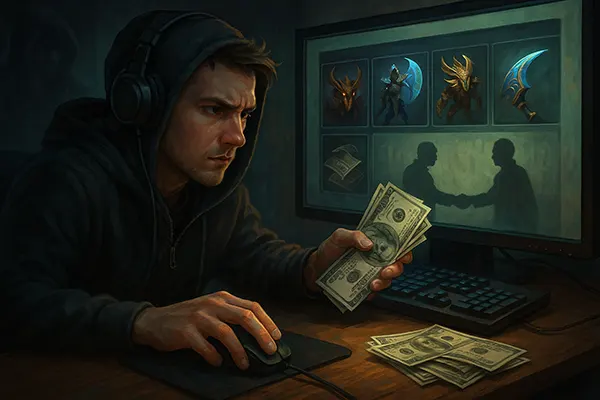
Ethical, Legal and Economic Implications
Beyond fraud and competitive impact, illegal trading presents broader societal concerns. Many jurisdictions still lack clear legal definitions for digital goods, which creates ambiguity in handling fraud or arbitration claims.
The potential for money laundering through high-value skins also raises red flags. In 2024, international law enforcement agencies highlighted the risk of using rare Dota 2 items to transfer funds anonymously – a practice that complicates efforts to combat cybercrime.
Economically, the unregulated nature of the market inflates prices and limits access to desirable cosmetics, creating a hierarchy among players. Wealthier users gain social prestige while casual users are priced out – reinforcing a pay-to-show culture.
What the Community Can Do
While game developers hold the structural power, the community also plays a role in shaping ethical trading environments. Education campaigns on safe trading, scam awareness, and transparency can empower users.
Streamers and pro players who refuse unethical sponsorships set public precedents. Some community-led initiatives, like trade blacklist repositories and escrow-based trading bots, have helped reduce scam frequency.
Ultimately, safeguarding the economy will require cooperation between developers, communities, and regulators. Without this synergy, the shadow economy will continue to grow unchecked – and with it, the risks to both players and the integrity of esports.

